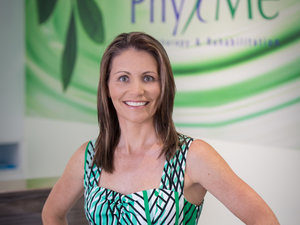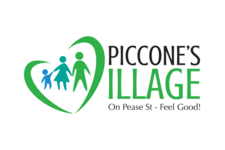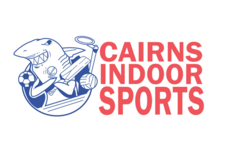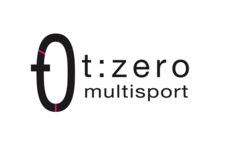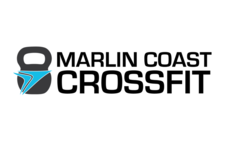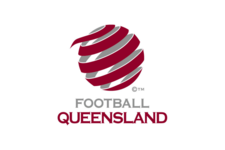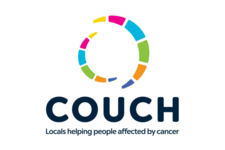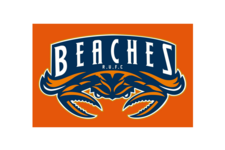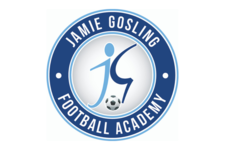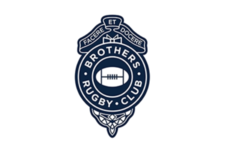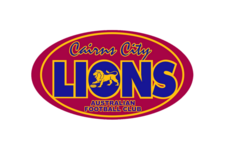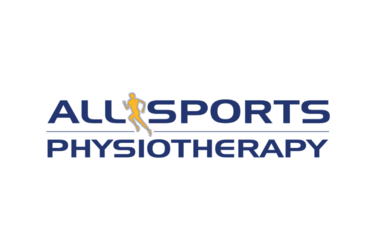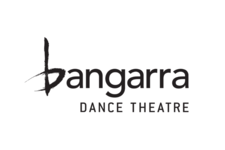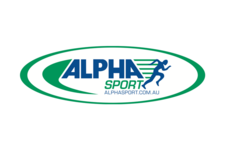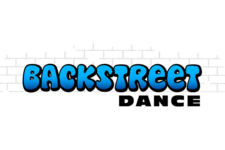
OCTOBER – NOVEMBER 2018 by Megan Thomas
Jesse Elliott asks: What can you do to reduce the level of DOMS (delayed onset muscle soreness) after exercise?
MEGAN: Hi Jesse, I’m going to commence by asking you a question – how much DOMS is too much? I think it’s important to remember that part of doing exercise is to get stronger muscles, which causes small muscle tears so the muscle grows. DOMS is part of this process. DOMS can also be from lactic acid build up and simple muscle fatigue from doing strenuous work.
So, do you want less DOMS? If your DOMS goes past 24-48 hours then the answer should be “yes”, which means you need to lift lighter weights or exercise for less time and also cool down and eat and hydrate appropriately after exercise.
Sigrid Hoffman asks: I’m in my mid-60s and have hip dysplasia. While I wait for surgery, what can I do to prevent worsening pain and stiffness?
 MEGAN: Sorry to hear about your hip issues Sigrid. In reading your basic description, I feel there is so much I could do to help your body and pain levels in your potential lead up to surgery. I always tell my patients: joints love to move! That’s what they are designed to do. So, I would find a way to help you move your hip and spinal joints in a pain-free way. I would also assist with releasing your tight muscles, mobilising your stiff joints and giving you strengthening exercises to couteract the twisted feeling you are getting. Remember the song: “your hip bone’s connected to your thigh bone…”? Well, everything is connected and there are many ways we can help your hip and everything it’s connected to. In addition, the stronger your hip, spinal and thigh muscles are before surgery, the better your recovery will be.
MEGAN: Sorry to hear about your hip issues Sigrid. In reading your basic description, I feel there is so much I could do to help your body and pain levels in your potential lead up to surgery. I always tell my patients: joints love to move! That’s what they are designed to do. So, I would find a way to help you move your hip and spinal joints in a pain-free way. I would also assist with releasing your tight muscles, mobilising your stiff joints and giving you strengthening exercises to couteract the twisted feeling you are getting. Remember the song: “your hip bone’s connected to your thigh bone…”? Well, everything is connected and there are many ways we can help your hip and everything it’s connected to. In addition, the stronger your hip, spinal and thigh muscles are before surgery, the better your recovery will be.
Read about PhyxMe’s physiotherapy and exercise rehabilitation services

